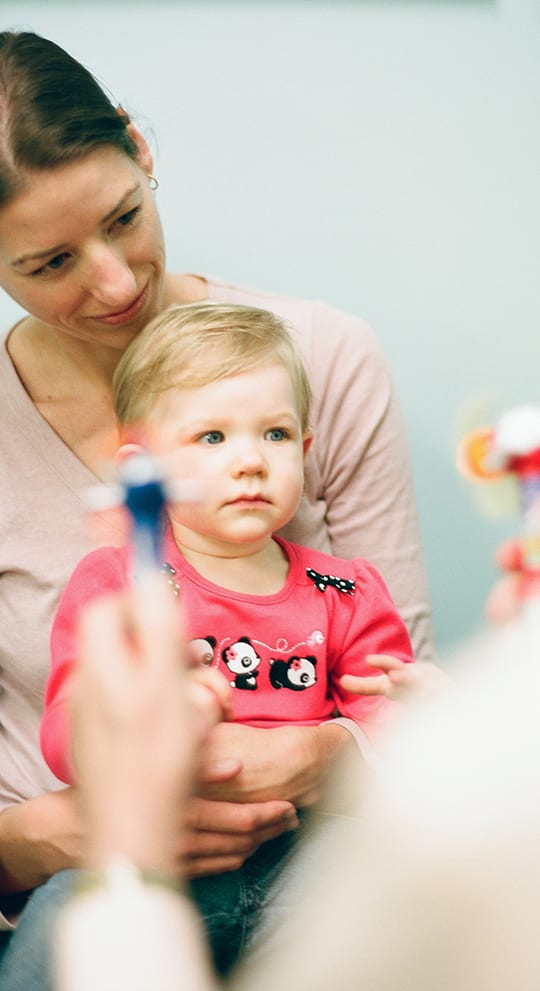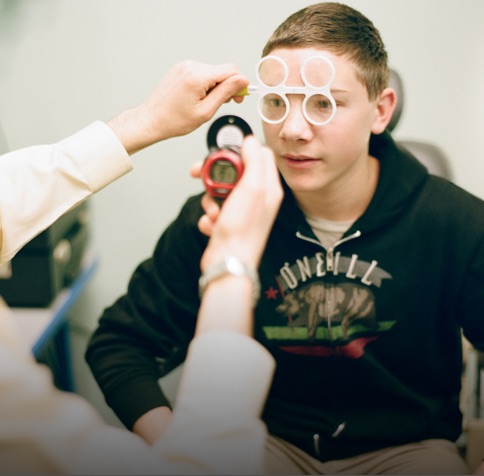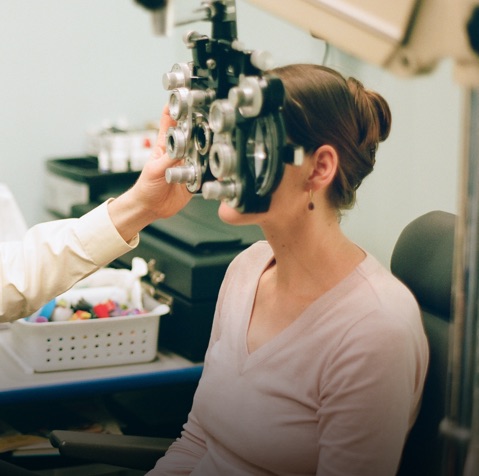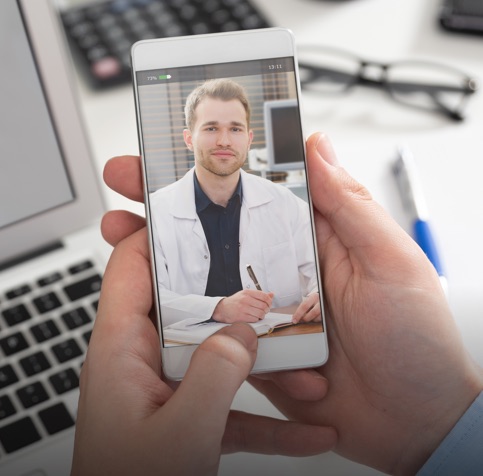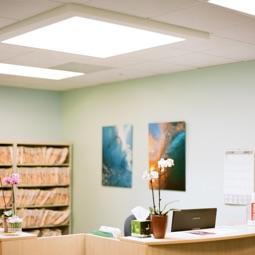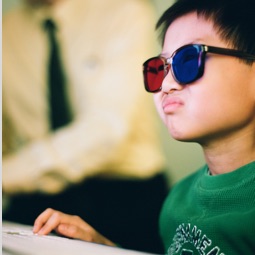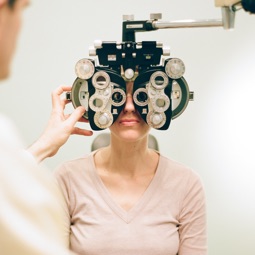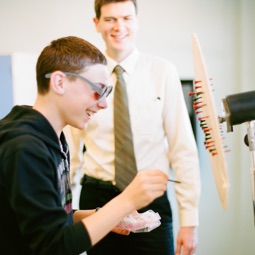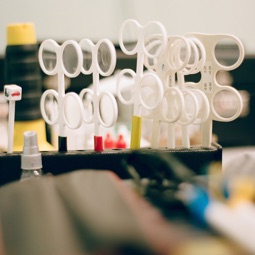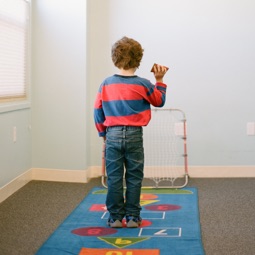When Should Your Child Have an Eye Exam?
Parents often have the mis-impression that the annual vision screening with your pediatrician is an eye exam. It is not! Typically they consist of a very basic vision screening of visual clarity, which does a pretty good job of picking up on myopia (near-sightedness) but misses the majority of eye conditions that dramatically impact reading and learning.
One of the many questions parents have is when they should be booking their child for an eye exam. Eye exams are required throughout your child’s development to determine the need for glasses prescription and detect problems with their vision that could affect them for the rest of their life.
As your child grows, they’ll hit several vision milestones. The American Optometric Association (AOA) recommends that your child undergo an eye exam at these major points. This timeline can change, however, depending on your child’s health history and current eye health.
Infant (6 to 24 Months)
You should be booking your child for their next eye exam somewhere between 6 months and a year after they’re born. Most eye diseases and conditions haven’t developed for long enough around this age, so this eye exam is to determine if your child’s eyes are working as expected.
Pre-School (2 to 5 Years)
Their next eye exam should occur when your child is around 3 years old. At this age, conditions like amblyopia and strabismus can develop and could lead to permanent vision problems if not managed by a professional.
School-Age (6 to 18 Years)
Your child should have an eye exam before they start school, and then annually until they’re 18 years old. Issues like myopia, hyperopia, amblyopia, strabismus, and more tend to develop around these years, and eye exams can help detect them.
Depending on what is discovered during your child’s eye exams, we recommend and prescribe a range of treatments, medications, and prescriptions to help manage their issues and make the most of their vision throughout their life.


